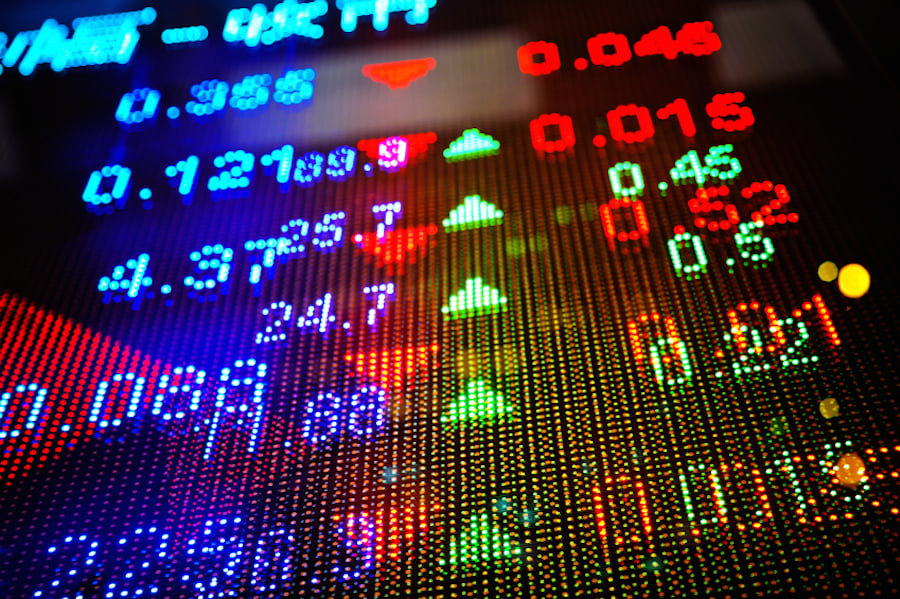The fourth 1% rally in seven days pushed the S&P 500 Index past levels where previous rallies failed and within 25 points of a record.
Tuesday's gain lifted the benchmark gauge for U.S. equity to 2,068.59, moving it above the 2,063 level that marked the top of advances on Feb. 5, Jan. 22 and Jan. 8. Staying above it may lure back buyers who sold when the shares retreated in January, said Robert Pavlik of Boston Private Wealth.
“People are thinking that with the market close to an all-time high, they don't want to be left behind,” Mr. Pavlik, who helps oversee $9 billion as chief investment strategist at Boston Private Wealth in New York, said. “If we have something like another 1% increase tomorrow, people will talk themselves into economic data and earnings.”
(More: Alternatives earning their keep)
The S&P 500 declined 3.1% last month as analysts lowered forecasts for corporate profits. Estimates for first-quarter earnings slipped more than 6 percentage points over three months, the biggest decrease in six years, as oil's plunge triggered revisions for energy companies.
About two-thirds of the S&P 500 companies have reported results, with 78% beating profit estimates and 56% topping sales, data compiled by Bloomberg show.
U.S. stocks have traded for the last two months in one of the tightest ranges since 2007, marked by a record high of 2,090.57 and Dec. 16 low of 1,972.74. Even as swings in the index become more violent, the gauge has failed to break out, rising above then falling below its 50-day average four times since December.
DAILY SWINGS
The S&P's closing price on Tuesday, the highest in 2015, was 3.8% above its lowest one, the smallest spread at this point in a year since 2007, when the high was 2.9% above its low. That's happened even as daily swings widened, with an average 0.9% move the biggest year-to-date since 2010.
(More: The rest of 2015 may not look like January)
Advances in companies from Coca-Cola Co. to General Motors Co. helped the S&P 500 erase losses for 2015 Tuesday. The gauge climbed 1.1% to the highest level since Dec. 30. The Dow Jones Industrial Average added 139.55 points, or 0.8%, to 17,868.76.
“There's no question that today was a positive move but we really have to get above the December highs to confirm a breakout,” Matt Maley, a equity strategist at Miller Tabak & Co. in Newton, Mass., said. “It's been very frustrating for long-term investors looking for trends especially in the beginning of the year, because they can't get a handle on which way things are going to break.”
FIZZLED OUT
Since the start of the year, three separate advances in the benchmark gauge for American equity have fizzled out just above 2,060, data compiled by Bloomberg show. The index's all-time record of 2,090.57 was reached Dec. 29.
The Chicago Board Options Exchange Volatility Index surged 44% in December as investors weighed strength in the U.S. economy and central bank support for global growth against the impact of lower commodity prices and Europe's ability to fight low inflation. The gauge known as the VIX has fallen 10% this year.
“It's nice to see us break out a bit but who knows if this is going to start the trend for the next high,” Frank Ingarra, head trader at Greenwich, Conn.-based NorthCoast Asset Management, said. “People are a little freaked out over what's going on in Europe and Greece and until we get clarity or see something fundamentally different, our indicators aren't saying whether we're totally breaking out or not.”







